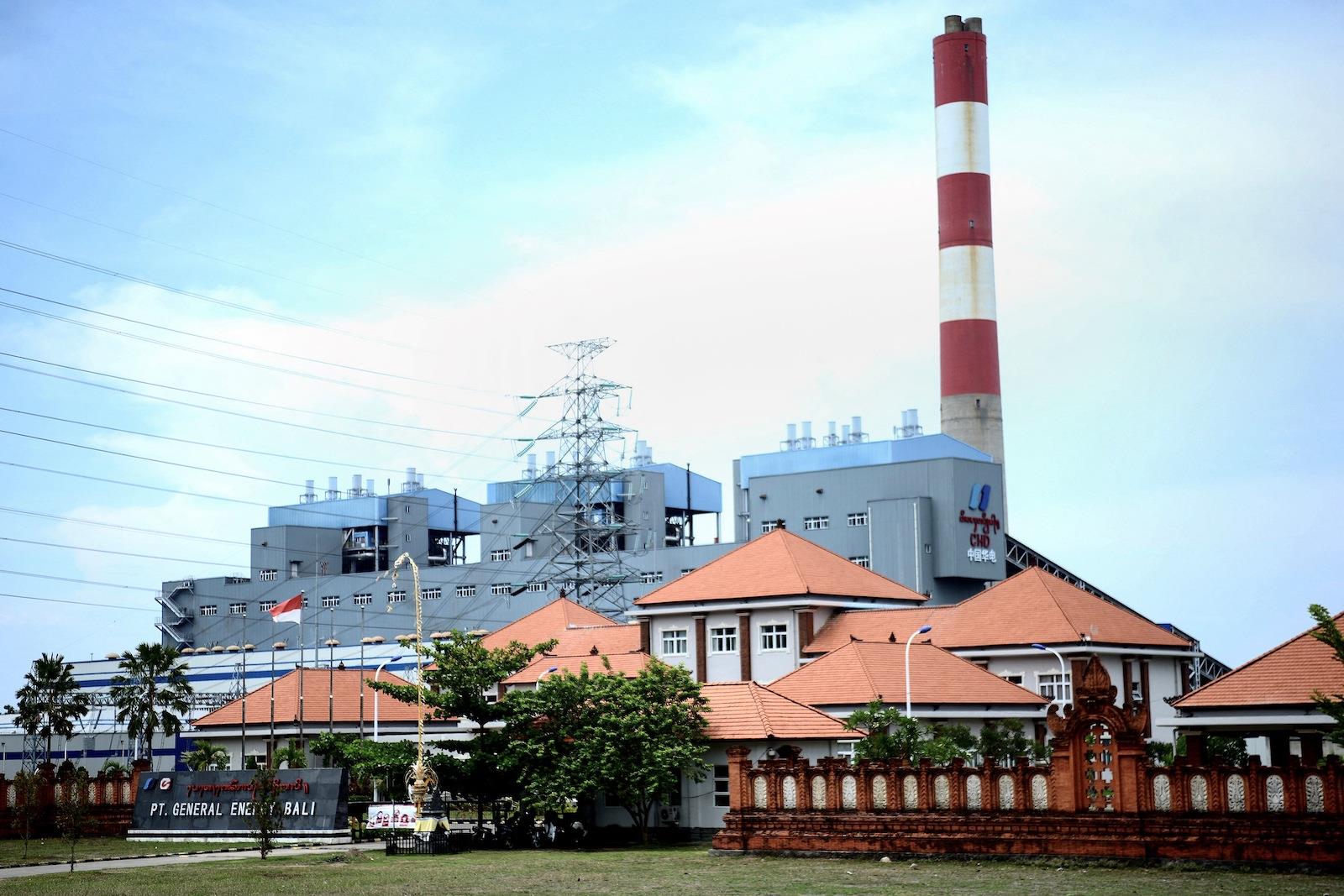(MENAFN- Asia Times) At first glance, Indonesia's long-awaited Presidential Regulation on the Acceleration of renewable energy Development for Electricity Generation looks like a step forward toward a clean energy transition.
It embeds pricing regulations for renewable energy projects within a wider roadmap for the early retirement of coal-fired power plants. But there are doubts over its effectiveness due to underlying structural barriers in the energy sector.
The regulation mandates new tariff and procurement mechanisms under which state electricity company Perusahaan Listrik Negara (PLN) purchases renewable electricity from independent power producers. Under previous regulations, prices were capped at around 85% of PLN's regional average generation cost.
The new regulation does not use the generation cost as a cap reference anymore but sets annual ceiling prices multiplied by location factors. Independent power producers are expected to bid on lower prices as part of PLN's procurement process via direct selection or appointment.
It remains unclear whether these ceiling prices are attractive enough for independent power producers to develop projects and avoid protracted, complicated negotiations with PLN. A quick glance at current generation cost levels and the ceiling prices announced under the regulation shows the latter are generally higher than the average national generation cost for smaller projects below 20 megawatts.
Prices seem to be attractive enough outside the main Java–Bali grid, where PLN has a strong incentive to replace expensive diesel-fuelled electric generators with photovoltaic solar.
But even if there is a clear case for PLN to invest, local content regulations make it more costly to develop solar projects - most components still need to be imported. Despite the existence of local content regulations since 2017, the local solar industry lags behind with an annual production capacity of 1.6 gigawatts in 2022.
This makes the 300 gigawatts of solar power generation capacity needed to achieve Indonesia's net-zero targets by 2050 a challenge. The regulation does not loosen local content regulations but only states that the Ministry of Industry should support enterprises to strategically prioritize local inputs.

Global warming is taking a toll on Jakarta. Photo: AFP / Donal Husni / NurPhoto
For Indonesia to achieve its nationally determined contribution and net-zero targets on climate change, replacing coal with renewables on the main grids is imperative. The power generation mix is still dominated by coal , with a 60% share. On its own, the pricing regulations under the Presidential Regulation will not provide sufficient incentives for PLN to invest in renewables.
Given PLN's constitutionally guaranteed monopoly position, price regulations should ideally work as premium prices or feed-in-tariffs where the utility pays above existing electricity supply costs to attract more independent power producers.
But PLN is not in a financial position to do so as it needs subsidies to plug its deficits. It also
faces oversupply
on the main grids and is locked in long-term coal-based electricity supply contracts. These structural barriers mean that there is
little incentive for pln
to divest from coal, despite the
declining global cost
of renewables.
Achieving climate targets will depend on the willingness of PLN to replace existing and planned coal-based generation with renewables. This is where the Presidential Regulation comes in - it creates a legal foundation to prepare a roadmap for the early retirement of coal-fired power plants.
The roadmap stipulates the reduction of greenhouse gas emissions from coal-fired power plants. Led by the Ministry of Energy and Mineral Resources, Ministry of Finance and Ministry of State-Owned Enterprises, the roadmap will implement strategies to accelerate the early retirement of plants while taking account of technical aspects, such as the supply and demand balance of electricity.
But it is unclear how realistic these coal retirement plans under the Presidential Regulation. Much depends on securing financial support and credible funding commitments from external sources.
A Just Energy Transition Partnership was announced at the g20 summit in Bali in November 2022. It aims to mobilize $20 billion to support the retirement of coal-fired power plants and massively increase the share of renewable energy in electricity generation.
Stated targets include an emissions peak of 290 million tonnes of carbon dioxide, a renewable share of 34% by 2030 and achieving net-zero emissions in 2050. An earlier financing scheme, the Energy Transition Mechanism under Indonesia's state-owned infrastructure financing company, provides another funding channel.

The Celukan Bawang 2 coal-fired power plant in Singaraja on Indonesia's resort island of Bali. Photo: AFP / Sonny Tumbelaka
But committed funds under the Just Energy Transition Partnership look well below what is needed. Earlier studies suggest that $35 billion per year until 2030 is required to keep Indonesia consistent with its 1.5 degrees Celsius goal.
The targets recommended by this study look even more credible given the current gigawatts of coal-based generation at various stages of development in Indonesia.
The Presidential Regulation still allows for coal power plants to be constructed if they were registered in PLN's
2021–30 business plan
before the regulation. Captive power plans in industrial parks and coal-fired power projects listed as National Strategic Projects are also exempted.
Indonesia's new renewables regulation is a missed opportunity to embark on a swift energy transformation.
Kurnya Roesad is a Senior Economist with the Indonesia Program at the Global Green Growth Institute.
This article was originally published by East Asia Forum and is republished by Asia Times under a Creative Commons license.
Like this:Like Loading...